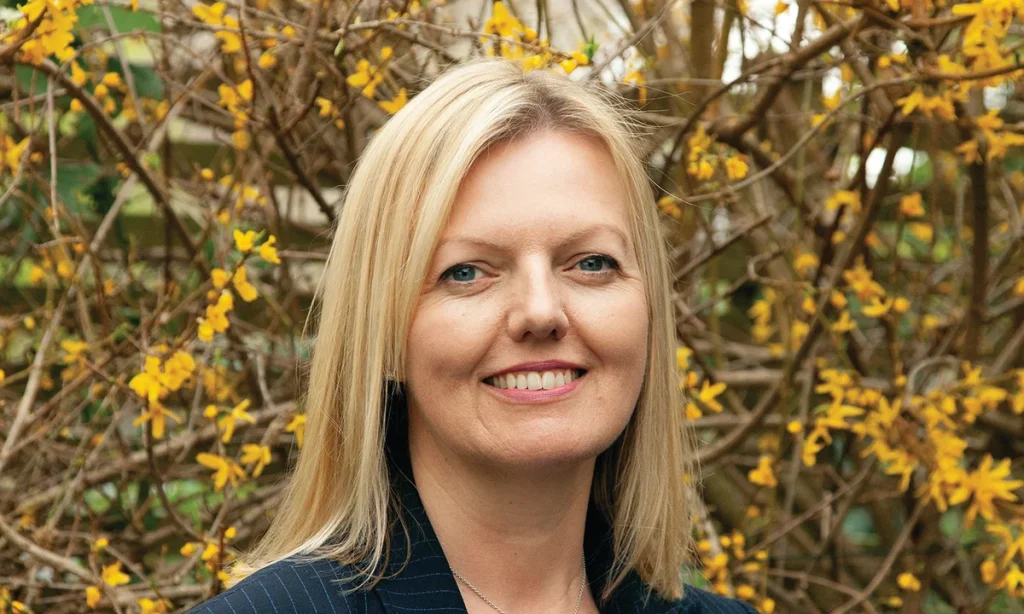The author and critic Charlotte Mullins reconfigures the canon of art from the British Isles in a vast new survey stretching from the Ice Age to today. The Art Isles: A 15,000-Year Story of Art in Britain and Ireland presents a “place where local traditions fuse with international ideas in extraordinary ways,” according to the publisher.
The Art Newspaper: Was writing the book a long-held ambition?
Charlotte Mullins: While feminist writers had been revealing the historical depth and breadth of women’s art since the 1970s, it still wasn’t being included in popular surveys. I have always been keen to redress this to show the extent of exceptional female practice throughout history in the British Isles. I also felt there was a need to rethink how we tell a national story away from a singular concept of ‘Britain’ and towards a collective. For example, while the YBAs were being used to promote Cool Britannia, Bogside artists were painting political murals on the sides of buildings in Derry and Irish women artists such as Dorothy Cross were achieving huge success. I wanted to rethink what we mean by “British” and “Irish” art. It should include all art made in the British Isles by resident artists, no matter where they were born. This means Hans Holbein the Younger and Artemisia Gentileschi are considered alongside homegrown talent such as J.M.W. Turner and Rachel Whiteread.
You say: “It is our connectivity, not our remoteness, that makes the story of art in the British Isles so dynamic and exciting.” Is this the central thesis?
Absolutely. I was keen to rethink the idea of a “British School”. This is not a phrase used in The Art Isles. I replace the idea with the acknowledgement that foreign artists who migrated brought with them exciting new styles and ideas, some of which were integrated into British and Irish art and helped propel it. The great strength of the British Isles through history has been our sea access. For millennia it was easier to navigate by sea than by land, and we can see how ancient ideas move fluidly from mainland [Europe] and vice versa. The way ideas move through migration is fascinating and I repeatedly return to this, from Ice Age seasonal movement to the global hybridity of 21st-century Black Britons such as Yinka Shonibare and Lubaina Himid.
The Art Isles: A 15,000-Year Story of Art in Britain and Ireland by Charlotte Mullins
What were the main ruptures? Henry VIII? The YBAs? Brexit?
The story of art in Britain and Ireland has always been one of dynamic change. At times this involved significant loss, such as the Viking raids, Henry VIII’s Reformation and the Civil War, when Britain and Ireland’s churches and monasteries suffered irreparable losses. But against the odds some of their treasures survived, either by being moved and protected, or being painted over and discovered centuries later. Other transitions, such as Brexit, were devastating to live through and caused log jams of paperwork for artists in the British Isles, but they inspired thought-provoking responses, such as Layla Curtis’s United Kingdom + European Union collages [2021-today].
You visited many ancient sites and saw important objects. Which stayed with you?
All were memorable for different reasons, from tracking down the F.E. McWilliam sculpture in County Derry to seeing Phoebe Anna Traquair’s murals in Edinburgh. But one of the most important was done with Jim Irvine, who discovered Britain’s first Roman mosaic to feature scenes from the Illiad. I couldn’t see the mosaic—it had been re-covered to protect it—but cubes of tesserae and shards of roof tile from the villa that once housed it still littered the ground. Touching these I could feel time concertina.
• Charlotte Mullins, The Art Isles: A 15,000-Year Story of Art in Britain and Ireland, Yale University Press, 372pp, £25 (hb)
